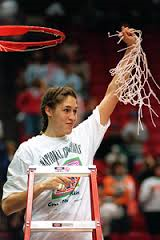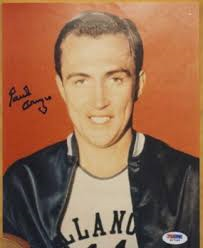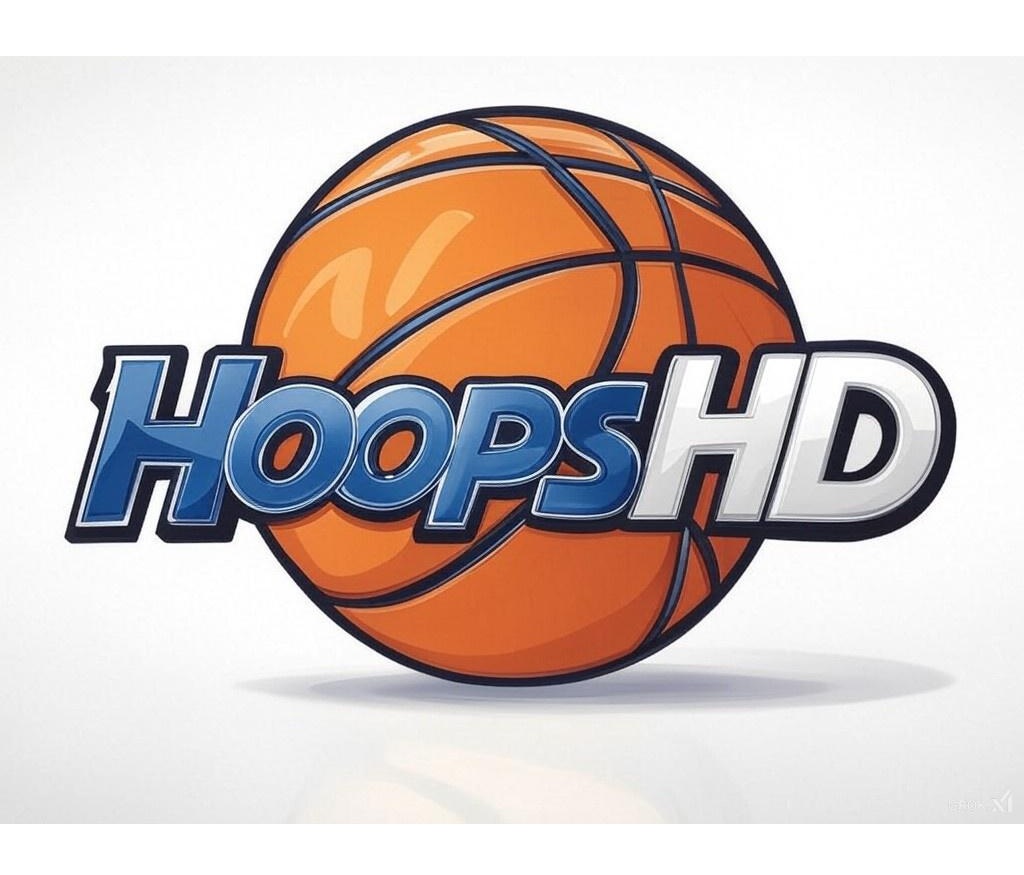The UConn women are no strangers to undefeated seasons: this Saturday night marks the 21st anniversary of Geno Auriemma’s very 1st NCAA title. The tourney MOP that year was Rebecca Lobo, the 1995 national POY who helped lead her team to a 35-0 record as a senior. Coach Auriemma did not have to travel far from Storrs to recruit Lobo, who was born in Hartford, CT, and finished her high school career as the leading scorer in Massachusetts history. In 1996 she won a gold medal at the Olympics, and in 1997 as a member of the New York Liberty she helped her team reach the WNBA Finals before losing to Houston. In 2010 she was inducted into the Women’s Basketball Hall of Fame, and she currently covers the women’s game for ESPN. HoopsHD’s Jon Teitel got to chat with Rebecca about playing for Coach Auriemma and going undefeated for an entire season.
You scored 2710 PTS in high school (the most in Massachusetts history) and were recruited by more than 100 colleges: what made you choose UConn? I chose UConn because I wanted to play for Coach Geno Auriemma and assistant coach Chris Dailey. I knew that I would get a good education wherever I went because that was important to me. I wanted to play for “Coach A” more than I wanted to play for anyone else.
You played for Coach Auriemma (whose coaching style you said has not changed very much over the past 3 decades): what made him such a great coach, and what was the most important thing that you ever learned from him? He is brutally honest with his players and pushes them beyond the physical and mental limits that they have previously set for themselves. The most important thing that I learned was how to push myself beyond my limits.
In the 1995 NCAA tourney title game you picked up 3 fouls in the 1st half and your team was down by 9 PTS in the 2nd half, but you ended up as tourney MOP after scoring a game-high 17 PTS in a 6-PT win over Tennessee to finish 35-0: how was your team able to stay focused for every single game that year, and what did it mean to you to win the 1st title in school history? Coach kept us focused. We lost in the Elite 8 the year before so we knew that feeling of disappointment. We only focused on the goals in front of us and did not talk about the concept of going undefeated even once.
You finished that season as national POY and won the Honda-Broderick Cup as the Collegiate Woman Athlete of the Year: what did it mean to you to win such outstanding honors like that? I did not fully appreciate the awards while they were happening. I never set out to win individual awards: I set out to win championships. However, winning those awards is something that I appreciate more now.
You graduated Phi Beta Kappa and were the 1st player in Big East history to earn 1st-team All-American honors for both basketball and academics: how much importance did you place on academics, and how did you balance your work on the court with your work in the classroom? Both of my parents were teachers who made it very clear to me at a young age that academics needed to be my #1 priority. I made sure to budget my time so that I could reach my potential on the court and in the classroom.
In the 1996 Olympic gold medal game in Atlanta your team set a national record by shooting 66.2 FG% in a 111-87 win over Brazil: was it just 1 of those situations where every shot your team put up went in because they were “in the zone”, and what did it mean to you to win a gold medal? It was a situation where we were the best team in the world and played to our potential. We trained for a full year leading up to those Olympics and were very focused on the prize at hand.
In the 1997 WNBA Finals with New York you scored 9 PTS in a loss at Houston despite beating them 3 straight times during a 9-day stretch in the regular season: where does that rank among the most devastating losses of your career? That was 1 of the big disappointments of my career. We had a chance at winning the 1st title in WNBA history but we came up short. It would have been nice to have that memory.
In 1999 you tore your left ACL/meniscus in the very 1st minute of the season opener vs. Cleveland, then you tore your reconstructed ligament during rehab the following December which caused you to sit out for 2 seasons: what impact did your injuries have on you both on and off the court? I missed the majority of 3 seasons because of that injury so that was the obvious on-court impact. I do not think that I ever got to maximize myself as a pro so I wonder what would have happened in my pro career if I had never been hurt. However, I do not have any regrets because you cannot control things like that.
In 2010 you were inducted into the Women’s Basketball Hall of Fame: where does that rank among the highlights of your career? That is definitely one of the big highlights and was even more special because my parents were there. My mother died the following summer and I know that she was very proud of that accomplishment. I am grateful that she was alive to see it and be a part of it.
You currently work as a reporter/color analyst for ESPN on women’s college basketball/WNBA games: how do you like the gig, and what do you hope to do in the future? I love working for ESPN: being an analyst for WNBA games is 1 of my favorite things I do in terms of work. I hope to continue working those games and calling college games while also being in the studio. I am blessed to have a job that I truly love.





